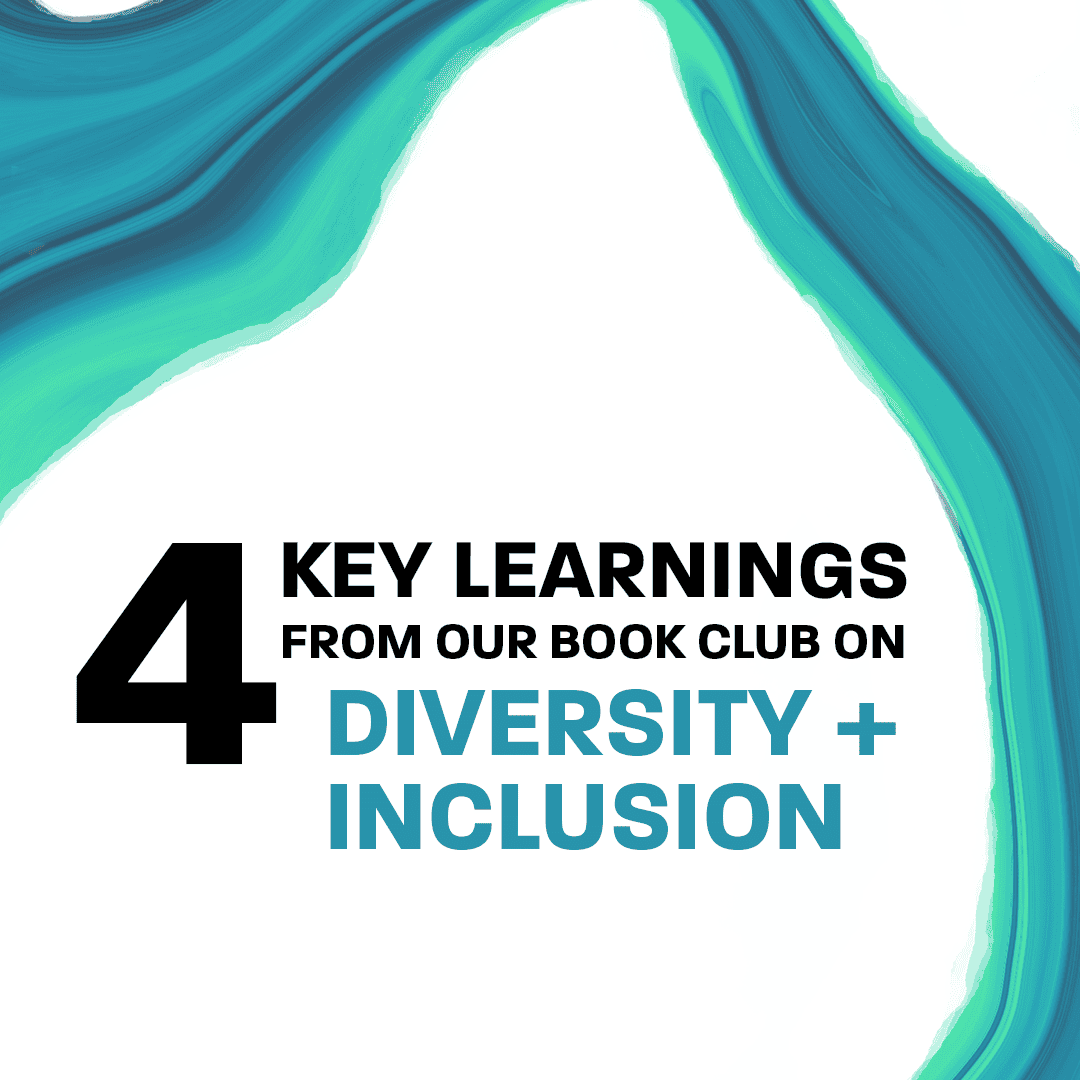Let's talk about you.
"*" indicates required fields

Before diving into the different experiences of others, it’s important to do the work to understand your own cultural identity, privilege, and bias. This could mean examining your upbringing, your personal experiences with discrimination, and your understanding of other cultures. By doing this work, you and your colleagues can better understand the lens through which you are viewing the world, and what your blind spots may be. This fosters more shared understanding and more empathetic discussions.
It requires commitment, and while you can’t expect to see a monumental change after one training session or reading one book, you will experience small wins and small shifts. Keep at it, especially when it’s uncomfortable. When you step out of your comfort zone, you enter the growth zone.
When you are going to have a conversation about a polarizing topic, like race, religion, or politics, take the time to prepare for it. When you hear a polarizing statement, refrain from responding immediately (which is often responding with emotion, judgement, or defensiveness). Rather, take the time to reflect on why you had that reaction, consider why the other person might have said that, and prepare thoughtful questions that you’d like to ask them at another time, when you’re both ready to have the conversation.
The purpose of having bold, inclusive conversations is to create a space for dialogue and cross-cultural understanding, so that we can comprehend, accept, and bridge our differences. It is NOT to get each other to agree or conform to a single story or perspective. You will likely not get to a conclusive solution at the end of your conversation, and that’s ok, be open to having the discussion anyways.